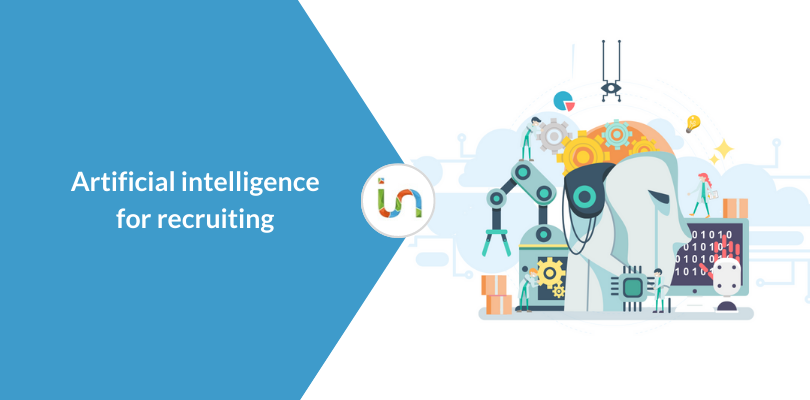
Artificial intelligence has arrived to help recruiters choose the best talent
It is almost one year that In-recruiting has been working on the development of artificial intelligence solutions with the aim of increasing even more the efficiency of the whole cycle of search and selection through an intelligent ATS (Applicant Tracking System)/Recruiting Software that allows to automate the work of the recruiter and thus optimize the whole recruiting process in which it is involved. It is a solution designed specifically for the HR and recruiting world.
The first AI technologies are finally available in beta version within In-recruiting or implementable through API. Let’s see in detail what features they are and what benefits they are able to bring:
Parsing: Technically it is the set of processes that lead to the extraction of ordered information from CV documents with any kind of layout. In practice, the algorithm recognizes the format of the CVs uploaded by the candidate and correctly extracts the information also thanks to computer vision techniques. For example, if we are dealing with a CV organized in several columns or with a particular layout, this process allows us to extract the text in an orderly manner, respecting the meaning inserted in the document.
Information extraction: It is the extraction of unstructured or semi-structured information contained in a CV through a process of recognition of semantic entities: the algorithm, using neural networks, reads and classifies the information in the document and learns to recognize and extract it. This is an information processing phase closely related to parsing. The main advantages are those of being able to benefit from faster and more precise performances. In particular, through information extraction, the text categories (semantic entities) contained in the CV are recognized. Let’s take a practical example: a CV is usually organized with biographical data, academic qualifications, personal data, job title, computer skills, etc.; information extraction extracts the information contained in the CV, taking into account the meaning of these semantic text entities and implements an auto-completion of the application form. In addition to this feature, which guarantees a considerable saving of time and an improvement in the candidate’s experience, information extraction has the great advantage of allowing precise and timely migration of CV data to another database.
Semantic search engine and scoring: The implementation of a semantic engine allows to enhance the search with the suggestion of keywords to be used in the CV screening phase. The recruiter benefits from a suggestion that expands and refines his query taking into account the search context and allows him to consider any interesting CVs that uses different names or synonyms. This feature also allows the recruiter to overcome any spelling errors in the CV that previously would have slowed down the candidate screening process. With semantic search, a recruiter is sure to be able to take into account all relevant CVs; if, for example, he needs to find a programmer, he will no longer have to worry about performing different searches depending on the terminology used in the CVs of candidates (developer, web developer, web designer, PHP expert, etc.): the algorithm in fact takes into account all candidates suitable for the role sought by the recruiter, even if the CVs contain different words to describe the same job title.
To make this phase even easier and guarantee a faster screening, the candidates’ profiles are classified according to a relevance/pertinence score (scoring).
Autocomplete: Auto-complete suggestions of the words entered by the recruiter based on their database of documents.
Candidate comparison: The algorithm recognizes the profiles of candidates similar to those consulted by the recruiter and proposes them to the recruiter, for a much more complete screening that does not exclude any potential talent. During this process, the comparison is much more in-depth than any other past system because it is not based on the structured data present in the DB, but it occurs through a real reading/analysis by the algorithm of the attached CV documents only (clustering of the CV textual content).
Find out more! Request a demo.
